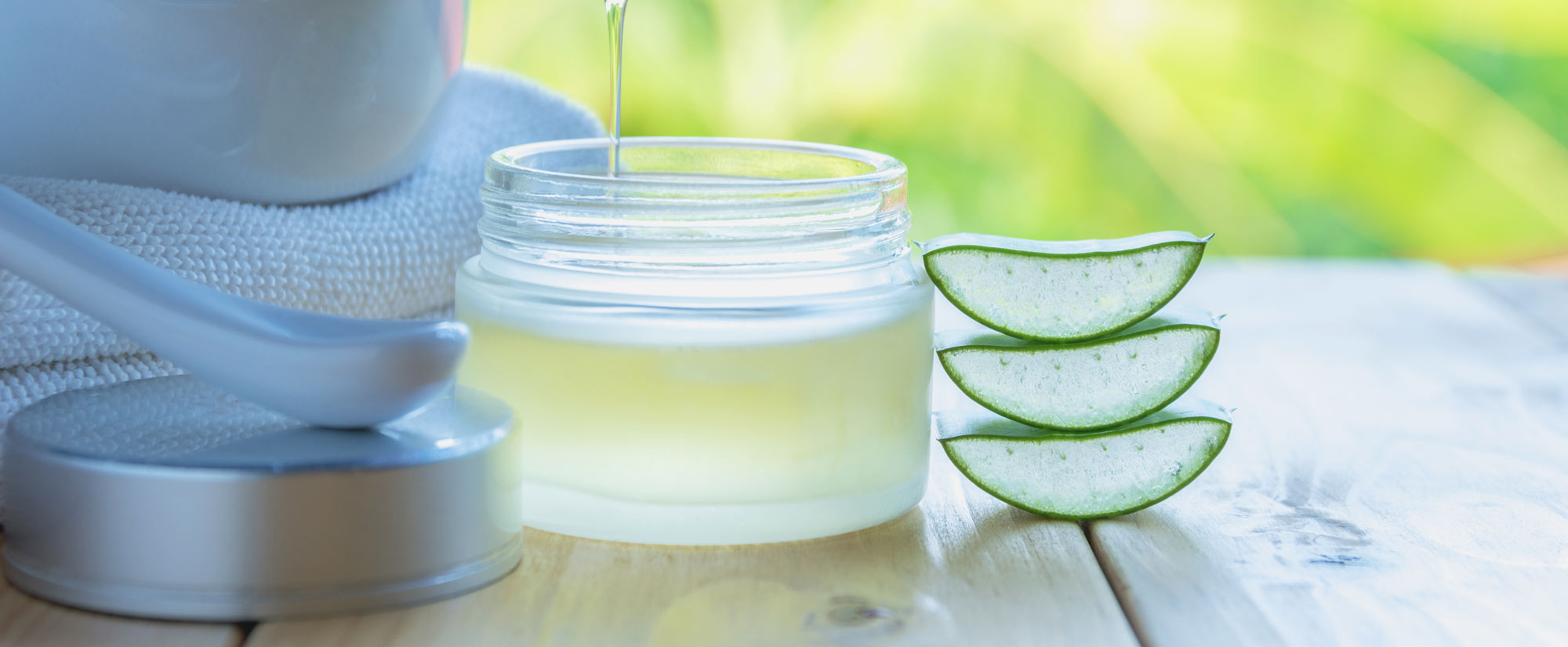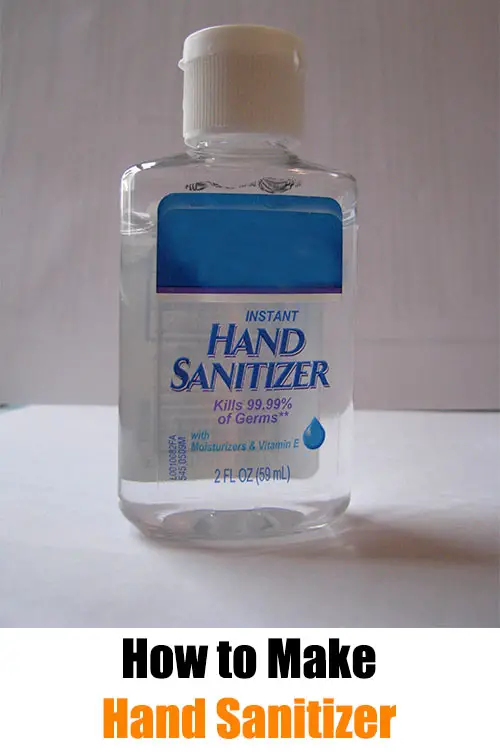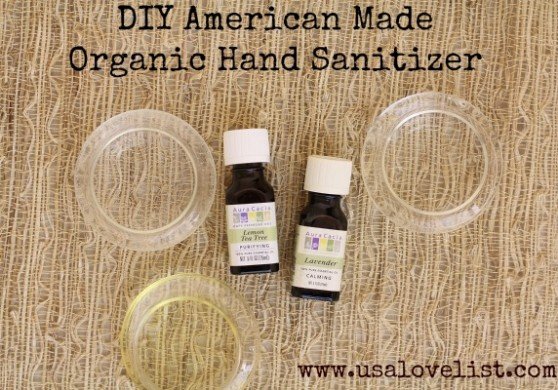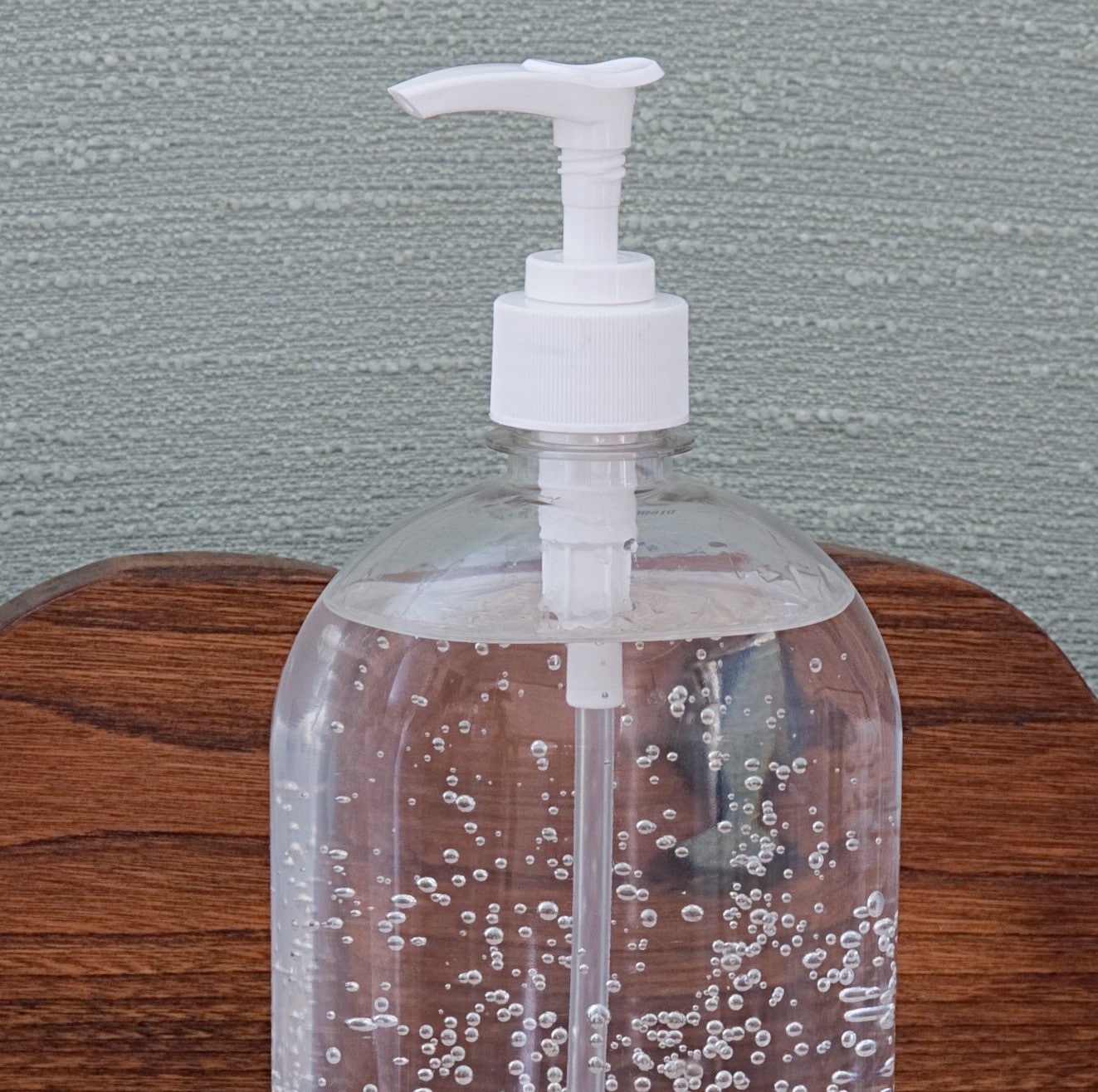Table of Content
The WHO hasa guidefor making your own hand sanitizer, but it will make enough for a small village. But if you want to keep things on a more reasonable scale, above are the adapted measurements. You can make your own sanitizing gel with supplies you can find at the drugstore or probably already have at home.

A hand sanitizer that's 2 parts 91% isopropyl alcohol and 1 part aloe vera will be 60.6% alcohol. The sanitzer needs to be 60% alcohol to be effective, so this is okay. However, if you accidentally get your measurements wrong, your sanitizer may be minimally effective. For the sanitzer to be effective, it needs to be at least 60% alcohol. Using a 70% isopropyl alcohol will produce a sanitizer that has an alcohol content that's too low. You could use a 91% isopropyl alcohol, as a 2 parts alcohol-1 part aloe vera mixture will produce a sanitizer that's 60.6% alcohol.
Can a person add alcohol to non-alcohol hand sanitizer?
However, even the best alcohol-based hand sanitizers have limitations and don’t eliminate all types of germs. Don’t use homemade hand sanitizers on children’s skin as they may be more prone to use them improperly, leading to a greater risk of injury. Only use homemade hand sanitizers in extreme situations when handwashing isn’t available for the foreseeable future. Ethanol hand sanitizer contains ethyl alcohol, which can be effective at killing viruses and bacteria. If you purchased any hand sanitizer containing methanol, you should stop using it immediately. Return it to the store where you purchased it, if possible.

Alcohol-based hand sanitizers may not be effective if the hands are greasy or visibly soiled. In hospitals, the hands of healthcare workers are often contaminated with pathogens, but rarely soiled or greasy. In community settings, on the other hand, grease and soiling is common from activities such as handling food, playing sports, gardening, and being active outdoors. Similarly, contaminants like heavy metals and pesticides (generally found outdoors) cannot be removed by hand sanitizers. Hand sanitizers might also be swallowed by children, especially if brightly colored. If you are having a hard time finding hand sanitizer at your local stores, you can take steps to make your own.
How to select and use hand sanitizer
Hands must be disinfected before any surgical procedure by hand washing with mild soap and then hand-rubbing with a sanitizer. Surgical disinfection requires a larger dose of the hand-rub and a longer rubbing time than is ordinarily used. It is usually done in two applications according to specific hand-rubbing techniques, EN1499 , and EN to ensure that antiseptic is applied everywhere on the surface of the hand. Alcohol gel can catch fire, producing a translucent blue flame.

You probably tried to buy hand sanitizers online, but the stuff isn’t being shipped yet or it’s taking a long time. That’s because the hand sanitizer shortage prompts suppliers to prioritize sending to hospitals, where healthcare workers need it. In a mixing bowl, stir Isopropyl alcohol and aloe vera gel together until well blended. The Food and Drug Administration regulates the production of hand sanitizer so that commercial hand sanitizers should always contain at least 60% alcohol upon purchase. Washing hands with soap and water is the most effective way to stop the spread of germs. The Centers for Disease Control and Prevention recommends the use of hand sanitizers containing 60% to 95% alcohol for effectiveness against coronavirus and other ailments.
Contents
Dr. Kramer is a Diplomate of the American Board of Obesity Medicine. If your hands are greasy or dirty, you should wash them first with soap and water. Clean the container you’ll use to mix the sanitizer and any bottles you’ll store it in. If the containers are heat-resistant, you can sterilize them in boiling water or in the dishwasher on high heat.

In June 2020, the FDA issued an advisory against use of hand sanitizer products manufacture by Eskbiochem SA de CV in Mexico due to excessive levels of methanol – up to 81% in one product. Products suspected of manufacture by Eskbiochem SA with excessive methanol have been reported as far away as British Columbia, Canada. Products with a claim of "99.99% reduction" or 4-log reduction are ineffective in hospital environment, since the reduction must be more than "99.99%". Research shows that alcohol hand sanitizers pose any risk by eliminating beneficial microorganisms that are naturally present on the skin. The body quickly replenishes the beneficial microbes on the hands, often moving them in from just up the arms where there are fewer harmful microorganisms.
Can you make hand sanitizer at home?
If you want the solution to be thicker, add another spoonful of aloe vera. How to get your children into the habit of handwashing. Hand sanitizer has proven itself useful in killing germs, but using it can have side effects. Show me the science – when & how to use hand sanitizer in community settings.

According to the American Association of Poison Control Centers, there were nearly 12,000 cases of hand sanitizer ingestion in 2006. If ingested, alcohol-based hand sanitizers can cause alcohol poisoning in small children. Sanitizer is amazing, but it’s no substitute for washing hands with soap and water for at least 20 seconds, which is still the best way to get rid of viruses and germs.
If you weren’t able to snap up a bottle of hand sanitizer before stores sold out, you can make your own. You find the basic ingredients in any drug store and most grocery stores. When followed closely, this recipe produces a hand sanitizer with the necessary alcohol concentration.

In order to effectively kill off germs, hand sanitizer must be at least 60% alcohol — better yet, 70%, according to the CDC. Yes, you could just pour isopropyl alcohol on your hands and rub them together as needed, but they’ll quickly leave your hands dry and cracking. And yes, you could dump Bacardi 151 or Everclear on your hands, as that would work, too. Natural soap and water are always best to wash your hands, but DIY hand sanitizer is a viable backup when needed. While it is not safe to ingest rubbing alcohol, for occasional topical use, I think the benefits can outweigh the minor concerns especially when the other options are so so so much worse. This DIY hand sanitizer recipe has only two key ingredients that you probably already have at home.
With news of the novel coronavirus (COVID-19) hitting the U.S. many people have begun to stockpile their homes with supplies that will help them disinfect and prevent the spread of viruses. Several different industries, such as the healthcare and food industries, use silver and silver nanoparticles for their antimicrobial properties. Since silver ions possess strong antimicrobial properties and have no serious effects on humans, researchers report extensive use of silver-based products. Stir together the aloe vera gel, tea tree oil and witch hazel. If the mixture seems too thin, add another spoonful of aloe vera to thicken it. If it's too thick, add another spoonful of witch hazel.

"Careful attention should be paid to the ratio of key ingredients or else you run the risk of creating a formula that isn't effective or is too harsh on your skin," Kim says. Our stories are reviewed by medical professionals to ensure you get the most accurate and useful information about your health and wellness. For more information, visit our medical review board. Here’s how to make hand sanitizer at home, plus tips for using it properly. Mix a two-to-one ratio of alcohol to aloe vera in a sterile vessel. 1 measuring cup, 1 mixing spoon and 1 funnel, none of which are used for cooking.
How effective is ethanol-based hand sanitizer?
Some hand sanitizer gels may not produce this effect due to a high concentration of water or moisturizing agents. For health care, optimal disinfection requires attention to all exposed surfaces such as around the fingernails, between the fingers, on the back of the thumb, and around the wrist. Hand alcohol should be thoroughly rubbed into the hands and on the lower forearm for a duration of at least 30 seconds and then allowed to air dry. Alcohol rub sanitizers kill most bacteria, and fungi, and stop some viruses. Alcohol rub sanitizers containing at least 70% alcohol kill 99.9% of the bacteria on hands 30 seconds after application and 99.99% to 99.999% in one minute.
It can freeze and make a mess when it thaws, and temperature extremes might make it less effective. Sanitize all supplies that will come into contact with your homemade hand sanitizer. You can do this either by running them through the dishwasher or, if your supplies are heat-safe, boiling them for about five minutes. This hand sanitizer can be used any time of the year, but the combination of a few different essential oils makes it smell wintery.

No comments:
Post a Comment